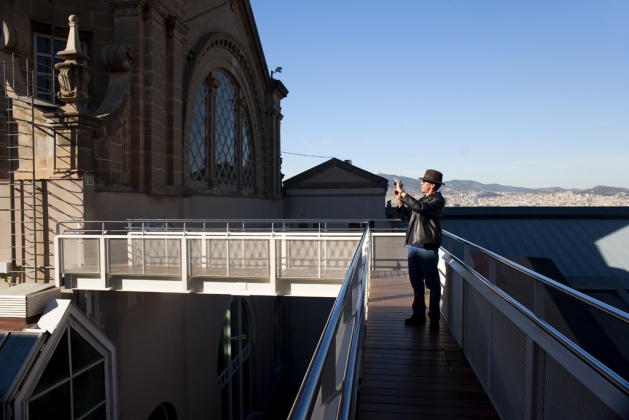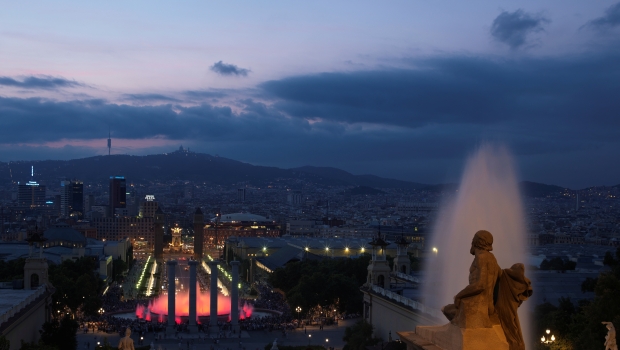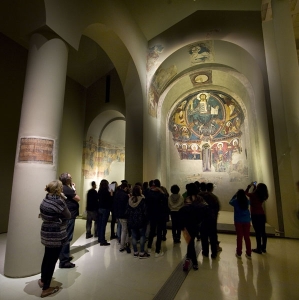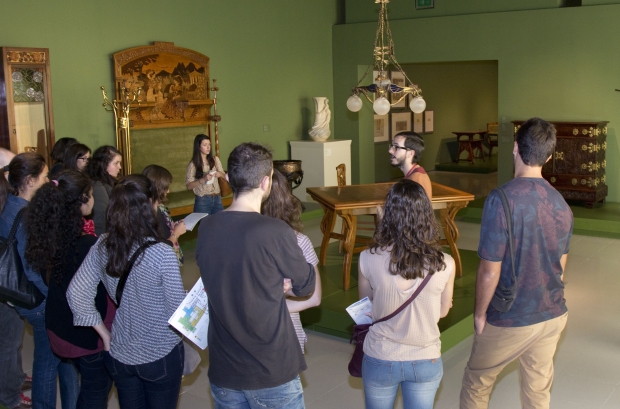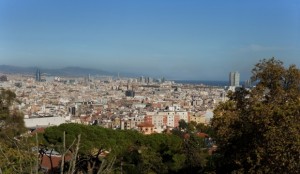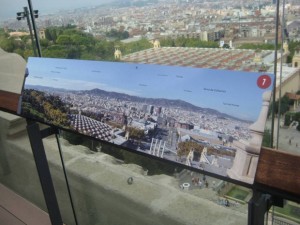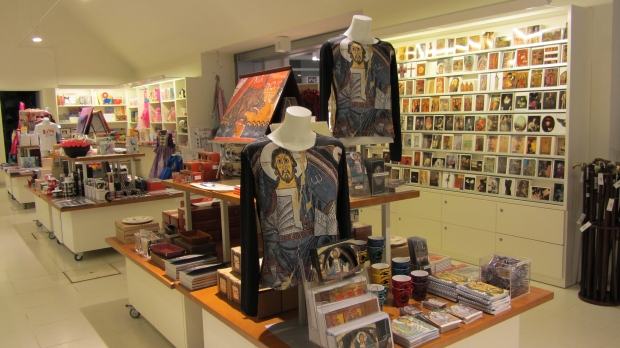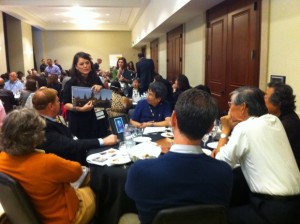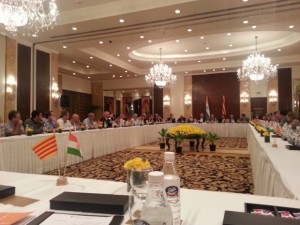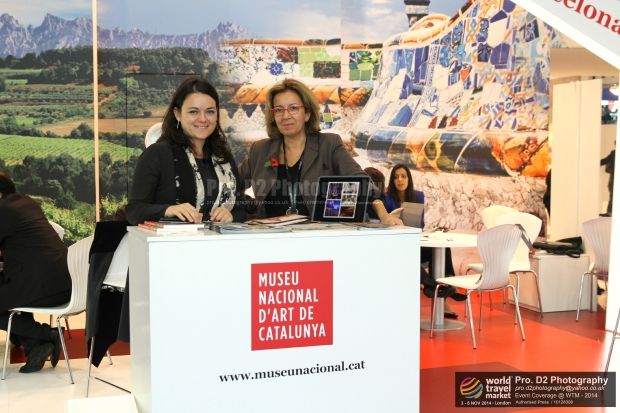The tourist and museum public is a natural and frequent binomial in the museums. And the Museu Nacional is no exception. What we are surely less used to seeing in the profile of a museum is a clearly proactive attitude to approaching and getting to know in depth the value chain that makes the destination, in this case Barcelona and Catalonia, a touristic model throughout the world. The reasons for deploying a range of proposals for tourism are clear:
■ for the opportunity and capacity for growth that a museum has towards new audiences from all over the world
■ to strengthen the international recognition within the corporate strategy
■ and because we feel jointly responsible in creating the sense of belonging that sustainable tourism aims to achieve by means of one of the vectors in which we have a lot to say: culture through art.
The best way of starting is with an attitude of learning and exchange towards the companies and organisations of the sector that already have a lot of experience. And that’s what we’re doing.
Asking and listening to the experts from tourism
If we put ourselves in the shoes of the tourists, even though they have a clear cultural motivation, we should remember that we are inside the market of leisure in Barcelona and Catalonia, in which there are many options to choose from.
To be competitive we went to ask those who know more about it, due to their experience:
■ official guides and tour operators that over the years have prepared packages with the consequent trial and error
■ receptive tourist agencies with knowledge about their respective markets of origin to remind them of the obvious but so little practised, either because of lack of knowledge, or due to indifference: it’s not the same what a Japanese traveler expects, compared with what a Russian or North-American expects
■ the cruise ship passengers whose main enemy is time.
Therefore, we have worked on questions such as the challenge of the languages of different interpretative materials, the adaptation of the guided visits to the time available to each group, the varied and attractive gastronomical offer for different nationalities, the revision of the areas and spaces of added value for tourists. And this leads us to another evident point.
To remember that we have more than an exceptional collection
The fundamental value of a museum such as the Nacional d’Art de Catalunya is its collection: alive, changing and with various storylines and interpretations, with the qualification by the experts as the best collection of Romanesque mural painting in the world or the new modern art presentation. But if we listen well, there are many more things of added value for the visitors: in our case a palace with surprising spaces; a natural setting within an emblematic mountain; breathtaking views of Barcelona, etc.
It is also a valuable task for the museum to highlight these assets by offering, for example, visits, guided or autonomous, to get to know the architecture and history of the building; by opening up spaces that were previously not accessible to the public, such as the Rooftop-Viewpoint; by offering combined visits with other facilities in the surrounding area that provide more options for the visitors from abroad such as the combined admission ticket with the Poble Espanyol, the unique admission Articket, which offers the chance to visit the 6 best art museums of the city, or the inclusion of the museum in the Bcn Card.
Making the institutional alliances practical
One of the goals for our marketing department has been to explore the opportunities for collaboration with institutions and organisations who have spent many years working on the fact that Barcelona and Catalonia is a recognised tourist destination and an international benchmark. Taking a further step means, amongst other things:
■ being partners in the strategy of the Catalan Tourism Agency and to accompany them on the business missions to Russia, India or the USA, for example
■ to have a presence in the actions that Turisme de Barcelona works on strategically in cultural segments and in those that require exclusivity in some aspect of a visit of clients or a fam trip
■ to search for joint solutions by means of our own resources that we can exchange as shared spaces for events, attendance of trade fairs or workshops
■ to participate in the working roundtables of the General Directorate of Tourism.
Therefore, actions that provide a mutual benefit between the destination and the facility.
Looking to the future
In a bit more than two years of activity in this sense, despite knowing full well that it is a long term task, the results and reactions didn’t take long coming: the figures for groups of international visitors have grown; the reception by the professionals from the sector has been very positive with agreements for continuity; without forgetting the changes in the internal perception of the task of promotion. This attitude provokes: when we see somebody from marketing with a briefcase it isn’t suspicious or at least strange anymore: it’s because we are going to make the museum known amongst professionals!
In a parallel way, we are constructing a communication plan for the end-user public, in which the museum is relevant in those important phases of the journey: the preparations and the in situ experience that should help us to be memorable.
Related links
Museums connecting cultural tourists (The Guardian)
Màrqueting

